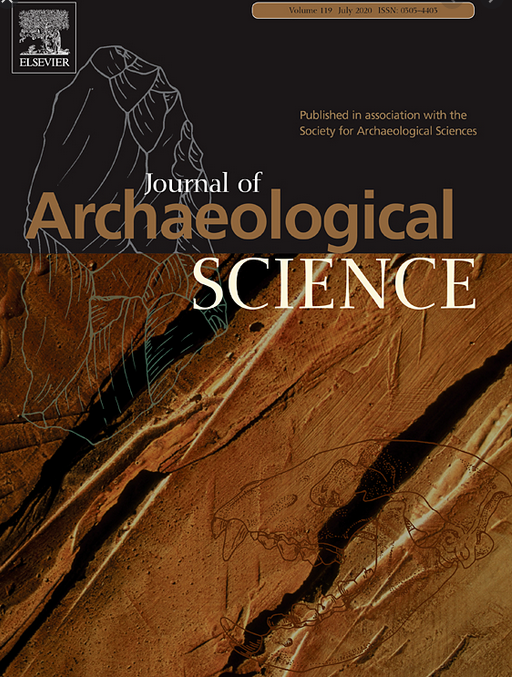The Lake Baikal region of southern Siberia has a rich mortuary record that has provided the most comprehensive isotopic database for palaeodietary studies of north-temperate hunter-gatherers in the world, permitting more detailed reconstructions and finer-grained research questions than are usually possible. Building on previous work, this study contributes new δ13C, δ15N, and AMS radiocarbon dating results from the cemeteries of Verkholensk (n = 44) in the Upper Lena River micro-region and Ulan-Khada (n = 19) in the Little Sea micro-region. Our results reveal that the Late Neolithic (LN, 5570–4600 cal BP) individuals at Verkholensk exhibit higher δ15N values than in the Early Bronze Age (EBA, 4600–3700 cal BP), suggesting a shift to a more terrestrial diet, possibly in response to climate-induced environmental changes. In addition, EBA individuals at Verkholensk differ in both δ13C and δ15N from those at the nearby site of Obkhoi, suggesting territorial divisions at a surprisingly small scale, although there is a diachronic component that needs to be considered, highlighting the need for additional work on freshwater reservoir corrections for the Upper Lena micro-region. The Ulan-Khada EBA results are consistent with the ‘Game-Fish’ and ‘Game-Fish-Seal’ dietary patterns previously identified in the Little Sea micro-region. The now substantial Little Sea micro-region EBA dataset—— allows for more subtle differences in diet to be identified, namely that EBA females with Game-Fish-Seal diets for the whole of the Little Sea sample display significantly lower mean δ13C values than their male counterparts, providing some of the first evidence for sex-based dietary distinctions in Lake Baikal.
A small number of δ13C and/or δ15N outliers were identified at both Verkholensk and Ulan-Khada that may support previous suggestions of individual mobility between the Upper Lena and Little Sea micro-regions. Exploratory use of δ18O isotopes in bone collagen offers a novel line of support for this scenario, confirming a number of independently identified outliers.


